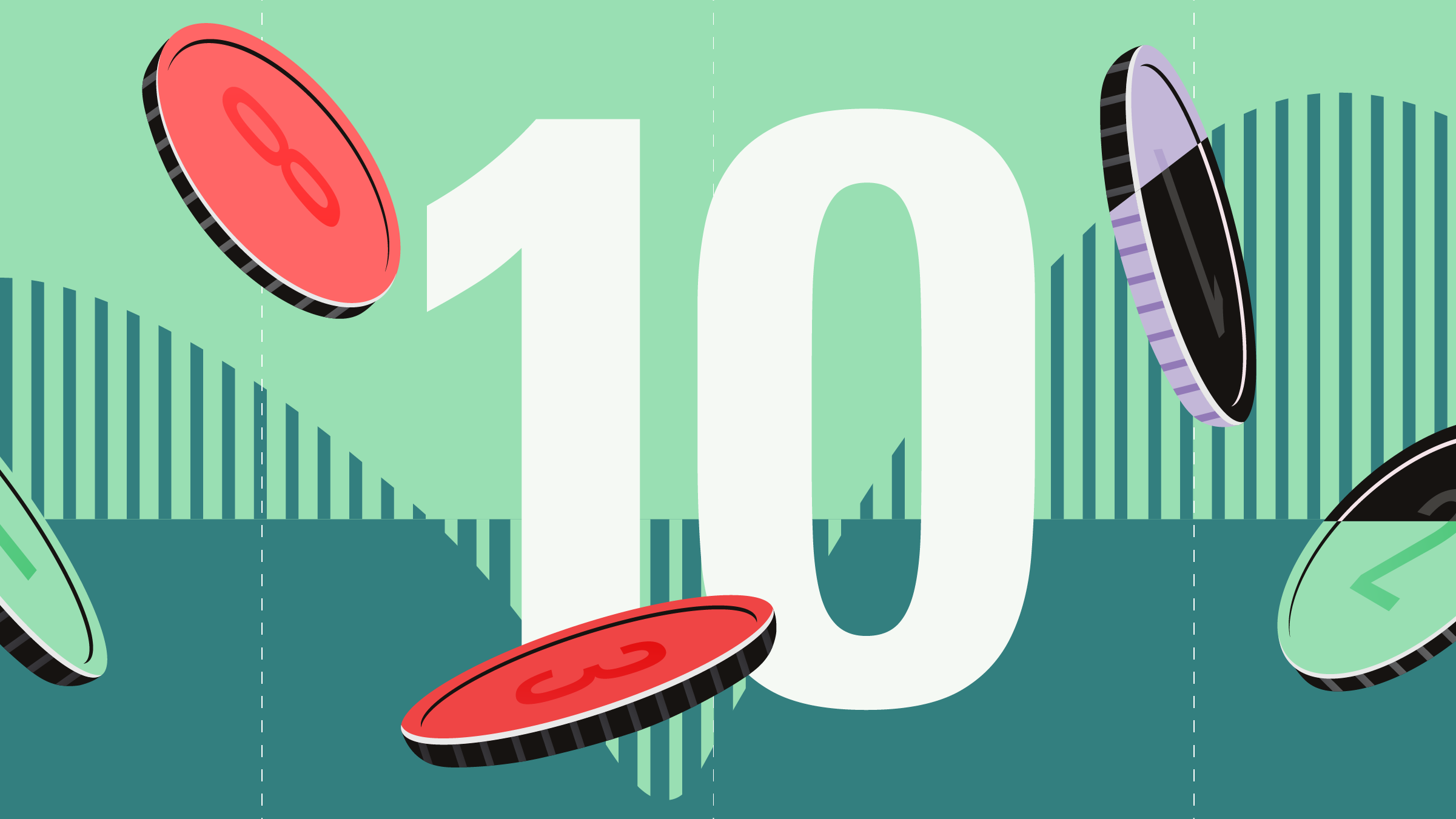Inflation has picked up sharply in the UK, US and Europe – and thanks to President Trump’s policies it is here to stay, warn economists.
Recent inflation has been caused by stronger economic growth and rising commodity prices, which in turn has supported equity markets. Headline inflation rates in the US, UK and Eurozone directly mirrored the fall and then rise of the oil price from $100 a barrel, to $25 last February, up to $55 today. In the UK, the Consumer Price Index measure of inflation hit 1.6% last month – up 0.2% a year earlier. In Germany, inflation has hit 1.9%, where there was deflation of -0.4% just two years earlier.
Stripping out food and energy prices, core inflation is a lot more sanguine, and has remained relatively stable for the G7 countries for the past 20 years. This could mean under normal circumstances once energy prices stabilise so too could headline inflation. But that outcome now looks unlikely thanks to Trump – enabled by strong economic growth.
Surprising Economic Strength
Economists surprised by the strength of economic activity in the face of such economic uncertainty are disconnected from reality, admits Schroders chief economist Keith Wade.
“There was an expectation that growth would be weak post the Brexit vote and Trump election, but indicators for both developed and emerging markets are ticking up. The UK was expected to be in recession by now, but consumers who voted for Brexit won’t stop spending because they got what they wanted – unlike many economists, they believe Brexit is a good thing,” he said.
Wade argues that in different political circumstances, the uplift effect of rising commodities would soon drop out of the inflation measure, meaning a return to stagflation. But Trump is determined to boost the US economic growth rate to a punchy 4% a year, through measures that are decidedly inflationary.
“Trump’s economic policy, fiscal policy and trade policy is all designed with the aim of strengthening the US economy,” says Wade, speaking at a conference in London this morning. “His aim is 4% growth, which has not been seen since the tech boom, and even then it was patchy. Really the last time the US had sustainable growth of 4% a year was during the industrial boom of the Sixties. A lot of Trump’s policies are looking to recreate that time.”
The side effect of these economy-positive polices is higher inflation. Trump’s promise to create 25 million jobs is arguably one of his most inflationary policies. The problem with his target, says Wade, is that the US economy has already undergone significant expansion and is benefitting from record low unemployment. In order to achieve the target of 25 million new jobs, Wade calculates that the US would have to hit 0% unemployment with a 68% participation rate – meaning retired babyboomers would have to come back to work, and those in part-time employment would have to opt for full-time jobs.
But even if Trump achieves a proportion of his jobs target, wage growth will pick up, which leads to long-term inflation. The Small Business Association NFIB has already reported labour shortages, as has the Federal Reserve Bank’s Beige Book. Trump’s other policies – such as his plans to deport foreign workers, in particular Mexicans – will make the labour shortage more acute.
Any sector reliant on foreign workers will see costs rise, which in turn will be passed onto prices; 25% of the Floridian workforce is Mexican, with these workers due to return to Mexico, local workers at a greater cost will have to be employed – meaning more expensive orange juice for US consumers, and the rest of the world.
How Will the Fed React?
While Trump may be pleased at a rising wages, delivering to middle America on his campaign promises, the Federal Reserve will be less so. While the Fed can ignore a temporary spike in inflation caused by energy prices, wage growth creates long-term inflation, which will have to be answered with interest rates rises.
“Trump has identified a problem. Middle America has not had real wage growth in more than three decades,” said Wade. “He has cancelled the Trans-Pacific Partnership in order to give those who voted for him what they want. Jobs created over the last decade have been mostly in the service sector, Trump wants to create manufacturing jobs which are well paid and improve productivity – which in turn creates economic growth. Many of his policies are debatable, but on this point he is right. Protectionism will help the US economy, but it will be at the detriment of the rest of the world.”





























